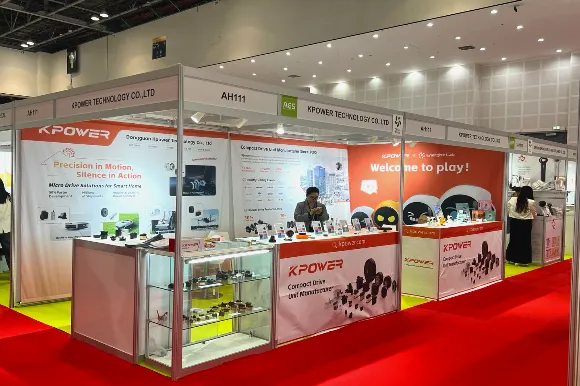Understanding the Importance of Homing a Servo Motor
When working with servo motors—those go-to actuators in robotics, CNC machines, 3D printers, and automation systems—the idea of “homing” might sound technical but is fundamentally about establishing a reliable starting point. Homing is the process of aligning the motor's internal position counter with an absolute reference point, ensuring positional accuracy and repeatability.

Imagine setting out on an adventure without a map, only to realize you're uncertain about your starting location. Homing serves as that initial map, anchoring your system’s sense of space. Without a proper homing procedure, a servo system might drift or lose track of its position, leading to errors—whether in delicate assembly lines or precise artistic creations. That’s why mastering the art of homing is foundational for achieving consistent, high-quality results.
What Does Homing Entail?
Homing involves moving the servo motor until it detects a specific reference point, often through a sensor or switch. This reference point can be a physical limit switch, an optical sensor, or an encoder signal. Once the system recognizes this point, it sets the internal position counter to zero or a known position, which then acts as the baseline for all subsequent movements.
Types of Homing Methods
Limit Switch Homing: A physical switch triggers when the actuator reaches a predefined position. This is common in simpler or older systems. Optical or Proximity Sensor Homing: Uses light-based sensors to detect the reference point without physical contact. Encoder-Based Homing: More advanced systems may use rotary or linear encoders to precisely detect the home position. Sensorless Homing: Some sophisticated controllers can determine the home position through electrical or back-EMF signals, eliminating physical sensors altogether.
The Critical Role of Homing in Precision Control
In applications demanding high precision—like laser cutting, robotic surgery, or micro-manipulation—homing ensures that the system’s reference point is always accurate. Without it, accumulated errors might cause the tool or actuator to drift out of alignment, compromising quality or safety.
Beyond accuracy, homing also facilitates system calibration. It ensures that the system's internal coordinate system matches reality, a key aspect during maintenance, upgrades, or after power interruptions.
Fundamental Steps in Homing a Servo Motor
Though procedures can vary depending on the hardware and controller used, the core steps generally include:
Preparation: Ensuring the system is safe to operate, with no obstructions or hazards. Initial Positioning: Moving the motor toward the reference sensor, usually at a controlled, safe speed. Detection: The sensor or switch triggers once the reference point is reached. Setting Reference: The controller records this position as zero or a known absolute coordinate. Verification: Moving away and returning to the home position to confirm the accuracy.
Essential Hardware and Software Components
Hardware:
Servo Motor: The actuator in question. Controller Board: Manages commands and feedback. Limit Switch or Sensor: Detects the home position. Power Supply: Provides stable power. Wiring and Connectors: For reliable signal transmission.
Software:
Control Software or Firmware: Contains the homing routines. User Interface: Allows manual initiation or configuration.
Preparing to Home Your Servo Motor
Before diving into the process, double-check:
All hardware connections—encoder signals, sensors, and power lines. Sensor placement for reliable detection. Safety measures, like emergency stop buttons. Firmware settings for motor parameters and sensor inputs.
Once everything is in order, it's time to program the homing routine, a crucial step that often requires a nuanced understanding of your specific hardware.
Next, in Part 2, we'll explore step-by-step how to perform the homing process in various systems, troubleshoot typical issues, and optimize your servo motor's performance for long-term accuracy. Stay tuned!
Feel free to ask for the continuation whenever you're ready!
Leveraging innovations in modular drive technology, Kpower integrates high-performance motors, precision reducers, and multi-protocol control systems to provide efficient and customized smart drive system solutions.




































